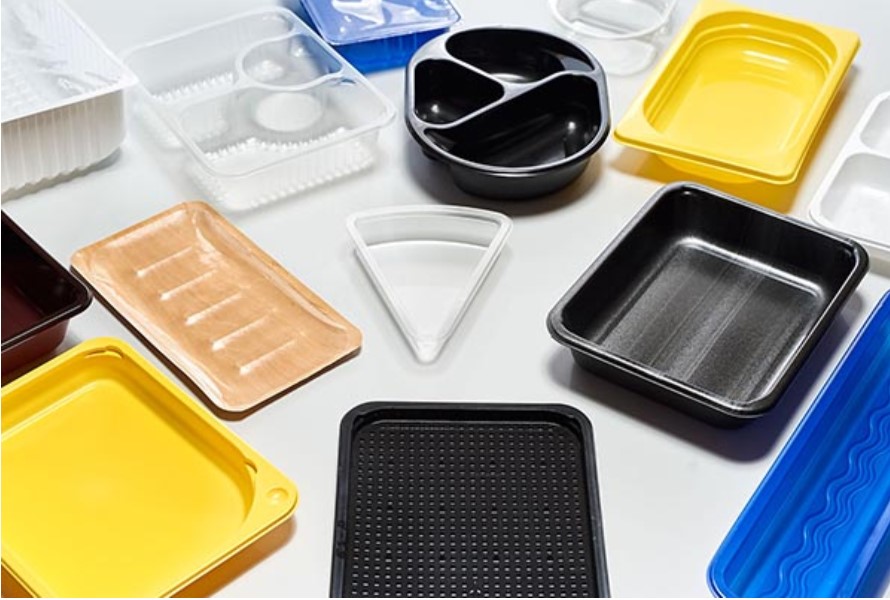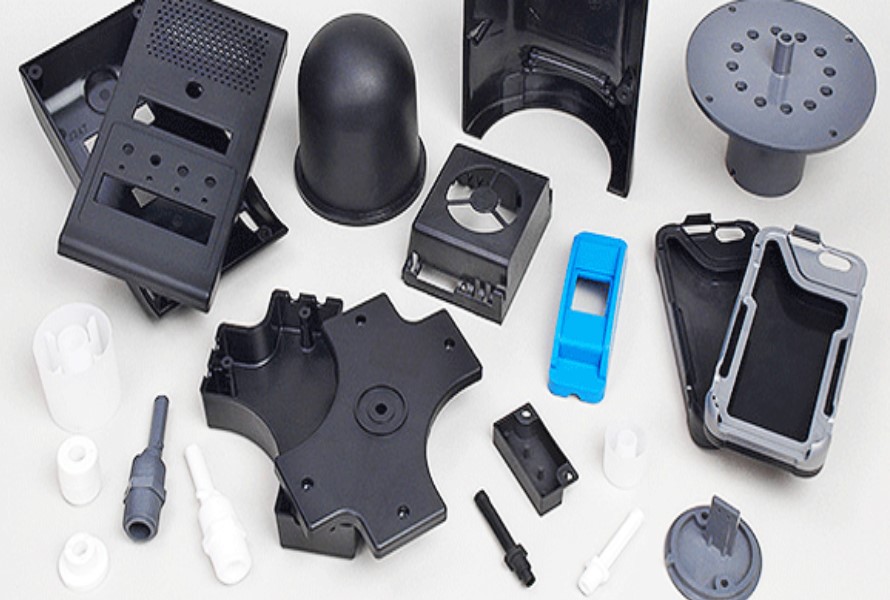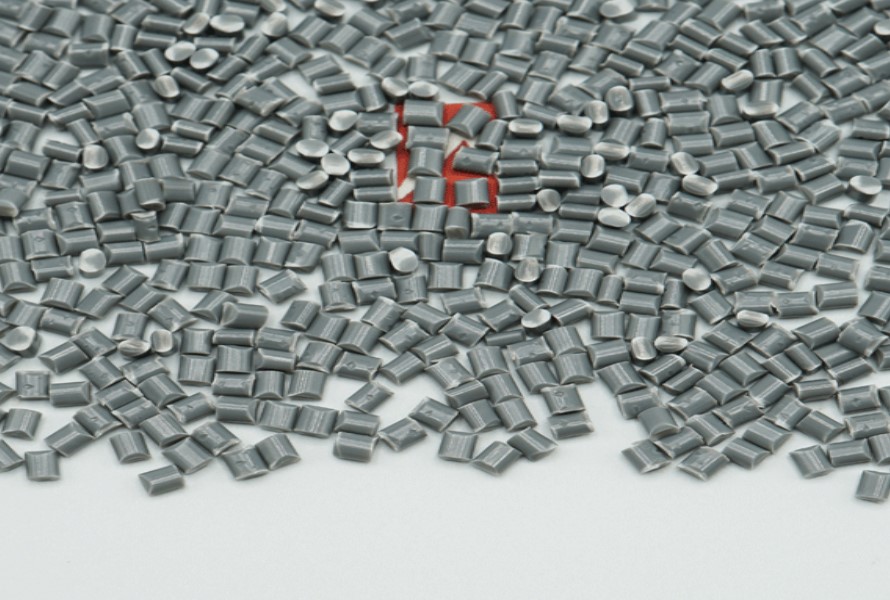HIPS vs. ABS Plastic: What Are The Differences?
The debate of HIPS vs ABS is always a hot topic among plastic manufacturers. They are both popular plastics with distinctive qualities that make them appropriate for a range of applications. To choose the best plastic for their projects, designers, engineers, and manufacturers must have a thorough understanding of these materials.
This article will help you clear the differences. Follow along!
Read more:
Advantages and disadvantages of HIPS plastic - Best in class HIPS compounds
ABS plastic - Everything you need to know
1. Overview of HIPS and ABS Plastic
Before getting to the comparison of HIPS vs ABS, let's look at their definitions:
ABS, or Acrylonitrile Butadiene Styrene, is a copolymer made from three monomers: acrylonitrile, butadiene, and styrene. This thermoplastic is well known for its strength, toughness, and high-temperature resistance.
HIPS, or High-Impact Polystyrene, is a type of modified polystyrene with improved impact resistance. Due to its good balance of properties, this thermoplastic polymer is widely used in many applications.

HIPS applications
2. HIPS vs ABS: Comparing Properties
Let’s have a look at the table below for the detailed properties of each material!
| |
|
HIPS |
ABS |
| Mechanical Properties |
Elastic (Young's, Tensile) Modulus |
1.9 GPa |
2.0 to 2.6 GPa |
| Elongation at Break |
40% |
3.5 to 50 % |
| Flexural Strength |
62 MPa |
72 to 97 MPa |
| Impact Strength: Notched Izod |
45 J/m |
70 to 370 J/m |
| Tensile Strength: Ultimate (UTS) |
32 MPa |
37 to 110 MPa |
| Thermal Properties |
Thermal Expansion |
80 µm/m-K |
81 to 95 µm/m-K |
| Electrical Properties |
Dielectric Strength (Breakdown Potential) |
18 kV/mm |
15 to 16 kV/mm |
| Others |
Density |
1.0 g/cm3 |
1.0 to 1.4 g/cm3 |
| Thermal Shock Resistance |
15 points |
11 to 50 points |
3. HIPS vs ABS: Pros and Cons
The table below will show the advantages and disadvantages that each material offers:
| |
HIPS |
ABS |
| Pros |
- Lightweight: HIPS is lighter than ABS.
- Low warping and shrinking: Due to this property, HIPS is perfect for applications that demand printed items to maintain their size and shape even at high temperatures.
- Good printability: HIPS is a favorite material for 3D printing.
- Surface finish: HIPS can be sanded and painted easily.
|
- High strength and durability: ABS is tougher and more impact-resistant than HIPS.
- Good heat and chemical resistance: It can withstand higher temperatures and is resistant to more chemicals than HIPS.
- Surface finish: ABS can be machined, tapped, sanded, and painted. It may also be vapor smoothed using acetone to create a high gloss surface finish.
|
| Cons |
- Lower strength: Due to lower strength, HIPS is not as durable as ABS.
- Lower impact resistance: Compared to ABS, HIPS is less resistant to impacts.
- Poor UV resistance: HIPS can’t withstand UV light without treatment, leading to faster degradation.
|
- Brittleness in a cold environment: ABS can become brittle at low temperatures.
- Difficulty in processing: ABS may require special treatment or conditions during processing to optimize product results.
- Cost: ABS can often be more expensive than HIPS.
|
4. HIPS vs ABS: Comparing Applications
Based on their advantageous properties, each material is suitable for specific applications.
Due to its impact resistance, HIPS is frequently found in toys, dance floors, electronics housings, packaging materials, and interior car components. Because of its adaptability to printing techniques including offset lithography and screen printing, it is also used in point of sale, signs, and displays. Besides, its insulating properties allow HIPS to be used in non-critical electrical parts and housings.
On the other hand, because of its greater heat resistance, ABS is a popular material for applications that need strength and impact resistance, like consumer electronics, household appliances, computer keyboards, and automotive parts. Plus, its durability and heat resistance are suitable for sporting goods, tools, and appliances.

Applications of ABS
5. Which Differences Are The Most Prominent?
In the comparison of HIPS vs ABS, the primary distinctions lie in their strength, heat resistance, chemical resistance, and cost. ABS is appropriate for heavy-duty applications since it is often stronger, more resilient, and has exceptional impact resistance. It is suitable for applications exposed to heat since it can endure higher temperatures without deforming.
While ABS can be more difficult to work with in some processes but provides superior results for high-performance applications, HIPS is simpler to process and mold, especially in injection molding and 3D printing. Additionally, it is appropriate for consumer goods and displays because it provides a nice surface finish and is simple to paint. HIPS is also appealing for projects with a tight budget because it is typically less expensive.
6. Conclusion
Comparing HIPS vs ABS can help manufacturers decide which material to use to improve the final product's performance and longevity. HIPS is a great option if affordability and manufacturing simplicity are your top priorities. ABS is probably a better choice, but if you require a material that can tolerate heat, stress, and extreme conditions.
7. About ABS and HIPS Plastic of EuroPlas
If you're looking for a trustworthy supplier of HIPS and ABS, EuP Egypt is one of your best choices. Our
HIPS flame retardant compound is a blend of HIPS resin and flame retardant, offering different levels of UL94-standard flame retardancy.

HIPS flame retardant compound
Our product functions in one single material. Thus, manufacturers can process it without any materials required. Besides, it can be tailor-made based on the requirements of the end product.
One more benefit of our HIPS flame retardant compound is that it prevents fire from spreading on the plastic surface, thus minimizing fire damage. The material is suitable for various applications, including mobile chargers, keyboards, electronic components, etc.
ABS glass fiber compound
The perfect combinations create a single material with all functions in one, making the production process easier and faster. Thus, our customers can improve their productivity.
If you want to know more about our HIPS and ABS products,
contact us right now!